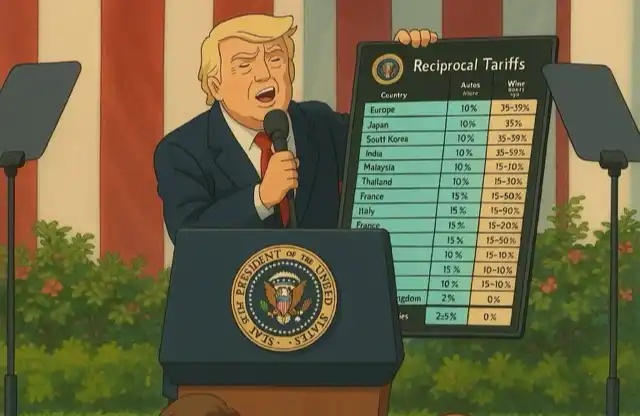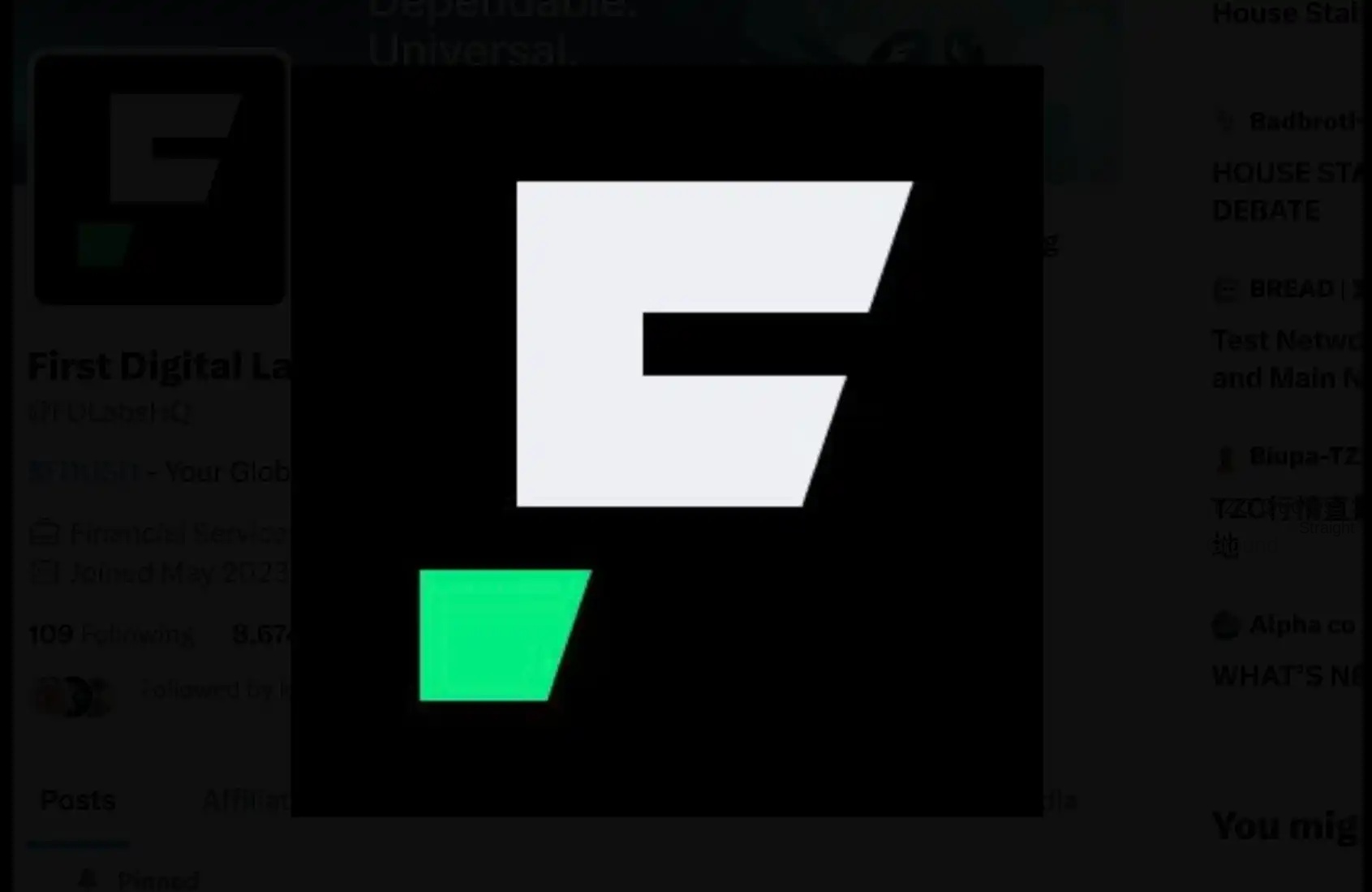6 projects invested by ArkStream Capital in Q2 2023.
Source: ArkStream Capital
Author: Allen
ArkStream Capital invested in a total of 6 projects in the second quarter of 2023. We will explain the reasons for investing in these projects based on project introductions and track analysis.
SEI
- Project Introduction
Sei Network is a Layer1 blockchain built using Cosmos SDK and Tendermint, specifically designed for digital asset trading. Leveraging new consensus and technological breakthroughs, Sei will be the fastest blockchain in the industry. It features a built-in Central Limit Order Book (CLOB) module.
From August 2022 to April 2023, Sei completed three rounds of financing totaling 35 million US dollars, with other investors including Jump Crypto, Delphi Digital, ArkStream Capital, etc.
-Cosmos Ecosystem
Cosmos is a veteran public chain project in the first echelon of multi-chain networks. Thanks to the flexibility of Cosmos modular tools and the upgrade of cross-chain technology, many projects choose to build chains in the Cosmos ecosystem. Despite the huge impact caused by the collapse of the largest public chain Luna in the ecosystem, Cosmos still leads the way with a TVL of 900 million US dollars and data from nearly 400 protocols, far ahead of another multi-chain network Polkadot.
The role of Cosmos Hub in the entire ecosystem has always been unclear, which has led to a low ability to capture the value of $ATOM. However, as a result, there is relatively less "taxation" for the corresponding public chains within the Cosmos ecosystem, and the public chains within the Cosmos ecosystem have achieved better development by leveraging Cosmos' IBC to generate cross-chain combinations. The well-known application dYdX has also announced its migration to Cosmos as an independent chain.
-Why Invest in Sei
Sei is built on the Cosmos ecosystem, which can fully leverage the liquidity of Cosmos and has been optimized for DeFi.
Technically, Sei has a built-in order matching engine, settlement speed in microseconds, parallel processing of orders, and single-block order execution, all of which are customized features completed at the base layer. Sei has implemented some optimizations through ABCI++, which is an upgrade to Cosmos' ABCI that makes every step of consensus programmable. Sei has been trying to make three improvements using ABCI++: optimizing block production, intelligent block broadcasting, and parallel execution of orders. All of these are designed to make Sei the best solution for a "DeFi-designed" Layer 1 blockchain.
Speed is an important condition for decentralized derivatives, so on Arbitrum, derivatives have developed more quickly. Currently, GMX's trading volume has been maintained at over $100 million per day, and protocols such as Gains and Mux also have tens of millions of dollars in trading volume. As the market gradually recovers, we believe that decentralized derivatives will gradually grow into the important position they should have, so the importance of investing in a public chain that can serve decentralized derivatives is beyond doubt.
Sei was founded by Jeffrey Feng and Jayendra Jog. The team members have backgrounds in both technology and traditional finance, with many coming from companies such as Robinhood, Databricks, Airbnb, and Goldman Sachs. They understand the complexity of building an L1 chain. The team also includes traders with extensive experience in TradFi from Goldman Sachs and other investment firms, as well as Cosmos OG. This team background is well-suited to SEI's vision for a TradFi public chain.
Linera
Project Introduction
Linera belongs to Layer1 blockchain, aiming to provide a secure, highly scalable, and low-latency blockchain to give Web3 applications faster response times. Linera aims to support the most demanding Web3 applications by providing internet-scale predictable performance, security, and responsiveness. To achieve this, Linera solves the problem of block space scarcity by introducing a new integrated multi-chain paradigm based on elastic validators. Linera puts users at the center of the protocol, allowing them to manage block production in their own chains (called microchains) for optimal performance. To help web3 developers fully utilize Linera's infrastructure, the project has developed a rich, language-agnostic multi-chain programming model. Linera applications communicate using asynchronous message cross-chain. Within the same microchain, applications are composed of synchronous calls and temporary sessions (also known as resources). Thanks to the Wasm virtual machine, Linera's initial SDK will be targeted towards Rust programmers. Linera's infrastructure is based on delegated proof of stake. It will leverage cutting-edge economic incentives and community-wide auditing to ensure strong decentralization. In June 2022, Linera completed a $6 million seed round led by A16Z. The details of this round have not been disclosed.
-MOVE Language Public Chain
Move is a programming language developed by Meta (formerly Facebook) for its stablecoin project Diem (formerly Libra). The vision of Diem is to be a global digital native currency that combines stability, low inflation, universal acceptance, and interchangeability. This vision determines that Move is a programming language born for finance. However, due to regulatory issues, Diem cannot continue, and members of the team have created projects such as Aptos, SUI, and Linera.
Move language performs well in security, parallelism, and developer friendliness.
Security: Move provides comprehensive security protection for smart contracts from the perspectives of language design, virtual machine, contract invocation methods, and contract execution.
Parallelization: Move has made a specialized definition for digital assets, classifying and identifying transactions, combined with a multi-threaded execution engine, allowing transaction data to be run and processed simultaneously.
Developer-friendly: Move reduces the development threshold and complexity, and experienced developers can get started with Move in about 1-2 days. For developers without a foundation in smart contract programming, learning Move from scratch also takes only about 1-2 weeks.
-Why we invest in Linera
Move has made a more fitting treatment for the most core token assets in the blockchain industry, and assets are precisely the most important part of the chain at present. This improvement in Move is very meaningful.
Linera has three technical highlights: building a secure infrastructure with predictable performance and responsiveness by running multiple chains in a set of elastic validators; making multi-chain programming mainstream by working on a new execution layer, enabling a rich ecosystem of scalable web3 applications; and maximizing decentralization by ensuring optimal incentives and community-wide audits of elastic validators. This architecture design enables elastic scaling, high responsiveness, composability, chain security, power decentralization, and language agnosticism.
Many members of the Linera founding team are former engineers and researchers from Zcash and Meta/Novi. Linera's founder, Mathieu Baudet, is a cryptography PhD with strong development skills. He previously worked as an engineer at Meta, where he helped create the Diem blockchain, and was the chief researcher and engineer at Novi. He was also a key figure in the invention of the FastPay and Zef protocols.
Orb
-Project Introduction
Orb is a decentralized social media platform on the Lens Protocol, which combines all the best features of existing social media applications into a convenient and user-friendly platform, where users can experience true ownership and control over their identity, content, and monetization. This round of financing is a seed round and has not been disclosed yet.
-Web3 Social Applications
Social networks occupy a large part of our lives, but currently, the popular social platforms on the web are criticized for their review mechanisms and data ownership. When we talk about the term Web3, most people expect that compared to Web2's "readable and writable", Web3's "ownable" will bring fundamental changes to social behavior. We are on the eve of the explosion of Web3 social, and in the past two years, the infrastructure of Web3 social products has been built brick by brick: the upgrade of Ethereum, the development of L2 and new public chains have solved the congestion and high cost problems of blockchain, social protocols represented by Lens Protocol have rebuilt the data structure needed for social on-chain, and many products such as knowledge graphs, DID, wallet entrances have laid the foundation for the explosion of decentralized social applications step by step. However, high entry barriers and migration costs are hindering users from using decentralized social products, as seen in Damus, which was vigorously promoted by former Twitter CEO Jack Dorsey. A good product is urgently needed in the market.
-Why do we invest in Orb
Since the launch of Lens Protocol, we have been paying attention to the ecological projects on it. Compared to the steady development of infrastructure, we are more looking forward to the explosive power of the application layer. The investment in Orb is not accidental, but a decision made after tracking and investigating hundreds of projects on the Lens ecosystem for over a year. They have the fastest iteration ability and the strongest user perception. Compared to adhering to the original doctrine of "decentralization", Orb believes in putting users first and focusing on "how to create a user-friendly social product". If you don't deliberately look for it, it's hard to see information related to Web3 on Orb's APP. Their excellent user experience allows you to seamlessly transition from Web2 to Web3, but behind it lies a decentralized account structure and data ownership, which gives decision-making power back to users. Without any token incentives or airdrop expectations, they have already accumulated over 100,000 users, which is an important step in the development history of Web3 social media.
Intuition
-Project Introduction
Intuition is an open and decentralized knowledge sharing platform that allows users to create proofs on any topic, using decentralized identity authentication, data, and financial primitives to build an open, decentralized, and permissionless semantic knowledge graph to help users make better decisions. Intuition's vision is to build an application ecosystem interconnected by a pool of verifiable data sharing, inspiring global knowledge sharing and decision-making. In June 2023, Intuition announced the completion of a $4 million seed round of financing, with investors including SuperScrypt, Consensys, ArkStream Capital, and others.
-Web3 Social Graph
The control of their own social data by users is a manifestation of the importance of Web3. The purpose of the social graph is to return the user's social relationship network to the user, allowing them to freely choose the applications they use while retaining their original social relationships. This conflicts with the interests of centralized social products, as most products want to constantly increase the user's migration costs to keep them within their ecosystem. The social graph of Web3 aims to change this situation, with different projects starting from different points, from the user's friend list or follow list to the community built by multiple people. More and more data is being separated from centralized networks, which will help to effectively form a decentralized social graph.
-Why do we invest in Intuition?
Unlike other social graph projects, Intuition is a "knowledge graph" that emphasizes how these connections "reshape" people, while social graphs emphasize users' social relationships. Most decentralized social products are thinking about how to map off-chain relationships to on-chain, but users lack the motivation to put data on the chain, which has led to most products being just a "decentralized" castle in the air without a compelling reason to use them. Intuition takes a different approach, incentivizing users to put countless behaviors on the chain with tokens, regardless of value or authenticity, and then using a large amount of on-chain data and network effects to reverse-push the necessity and usability of "identity", which will bring huge possibilities to Web3 social networks lacking data. In our investment philosophy, "new" and "possibility" are one of the driving forces behind industry development, and Intuition's solution stands out among many social products, making it shine. We believe that under the leadership of Ethereum core developer Billy Luedtke, Intuition will improve the reputation and identity data that our society can obtain about our daily interactions.
Polkastartergg
- Project Introduction
Polkastartergg is a gaming platform established by Polkastarter, one of the largest on-chain issuance platforms, positioning itself as the largest user entry point for future web3 games. This round of financing is a seed round and has not been disclosed yet.
-Web3 Gaming Platform
Web3 gaming experienced explosive growth in 2021, according to the "WEB3 GAMING IN 2022 REVIEW" published by Zeeve Link. As of mid-December 2022, the daily active users of web3 games reached 420,000. For players, there is an urgent need for a high-quality gaming platform that includes game entry, information, reviews, and guides in the complex world of web3 gaming. Gaming platforms have also become the first stop for web2 users to enter the world of web3 gaming.
-Why we invest in Polkastartergg
In the next cycle, Game is the engine that drives the exponential growth of web3 users by driving web2 users into web3. The user entry point for the game is the key focus track of ArkStream. Polkastartergg will be launched in November 2022, and its traffic ranks first in the sub-track. Currently, it has cooperated with and launched 125 games, rated 75 games, and has over 67,000 Twitter users. Core cooperative projects include Magic Eden, Ultra, and top cooperative games include Star Atlas, Illuvium, Big Time, and Edenbrawl.
Polkastarter team has strong barriers and successful experience in web3. The team's first project, Polkastarter, stood out from hundreds of IDO platforms in the previous cycle and became one of the largest IDO platforms with strong traffic, growth, and project resources. The team is now focusing on developing a gaming platform and will also prepare for game releases in the future.
Blockus
- Project Introduction
Blockus is a one-stop full-stack technology solution designed for web3 games, including social login, built-in marketplace, and fiat channels. It can help web3 games quickly establish, reduce costs, and focus on game content. Blockus comes from the first phase accelerator of A16Zcrypto. In February 2023, Blockus completed a $1.1 million pre-seed round of financing led by a16z. The current round of financing has not been disclosed.
-Web3 Game Full-stack Technical Solution
In order to build a complete web3 game, in addition to the game content itself, the team often needs to develop or integrate multidimensional technical facilities including social login, built-in swap/marketplace, and entry/exit channels. This is a considerable development cost for startup games and comes with a high development cycle. Full-stack technology service providers for web3 games provide one-stop technical solutions for web2 game studios to transform into web3, greatly reducing costs and improving efficiency.
-Why we invest in Blockus
Blockus has the common advantages of a full-stack technology solution in both technology and business. Technologically, in addition to the team's years of SAAS technology accumulation, another core advantage is its technology architecture's legal compliance readiness, which integrates compliance into the full set of finance and technology stacks for Game. For this reason, its lead investor A16Z has equipped the team with four lawyers. This gives it an advantage over similar competitors in the current wave of web3 embracing compliance. In terms of business resources, in addition to its own web3 games, its CEO's strong resources in Roblox and web2 game studios have given it more access to game business opportunities from web2. It has already provided technical solutions for three games, including Aybss world and Double Jump.
The three founders all come from well-known companies in web2 and web3. CEO Jess Zhang comes from the former Roblox data science team, CTO Linglong was the former Tech Lead of Airbnb Payment, and CPO Michael Wei previously worked at Coinbase.
Welcome to join the official BlockBeats community:
Telegram Subscription Group: https://t.me/theblockbeats
Telegram Discussion Group: https://t.me/BlockBeats_App
Official Twitter Account: https://twitter.com/BlockBeatsAsia
 Forum
Forum OPRR
OPRR Finance
Finance
 Specials
Specials
 On-chain Eco
On-chain Eco
 Entry
Entry
 Podcasts
Podcasts
 Data
Data


 Summarized by AI
Summarized by AI







